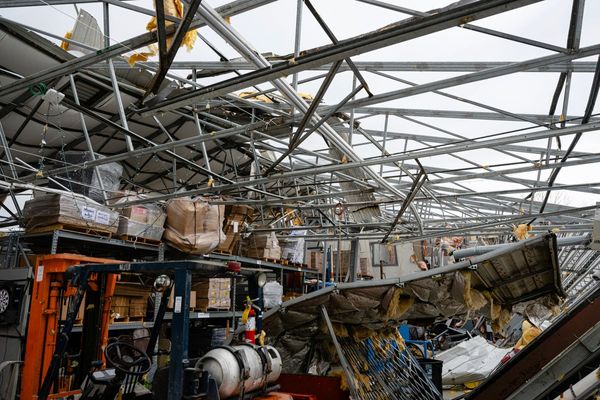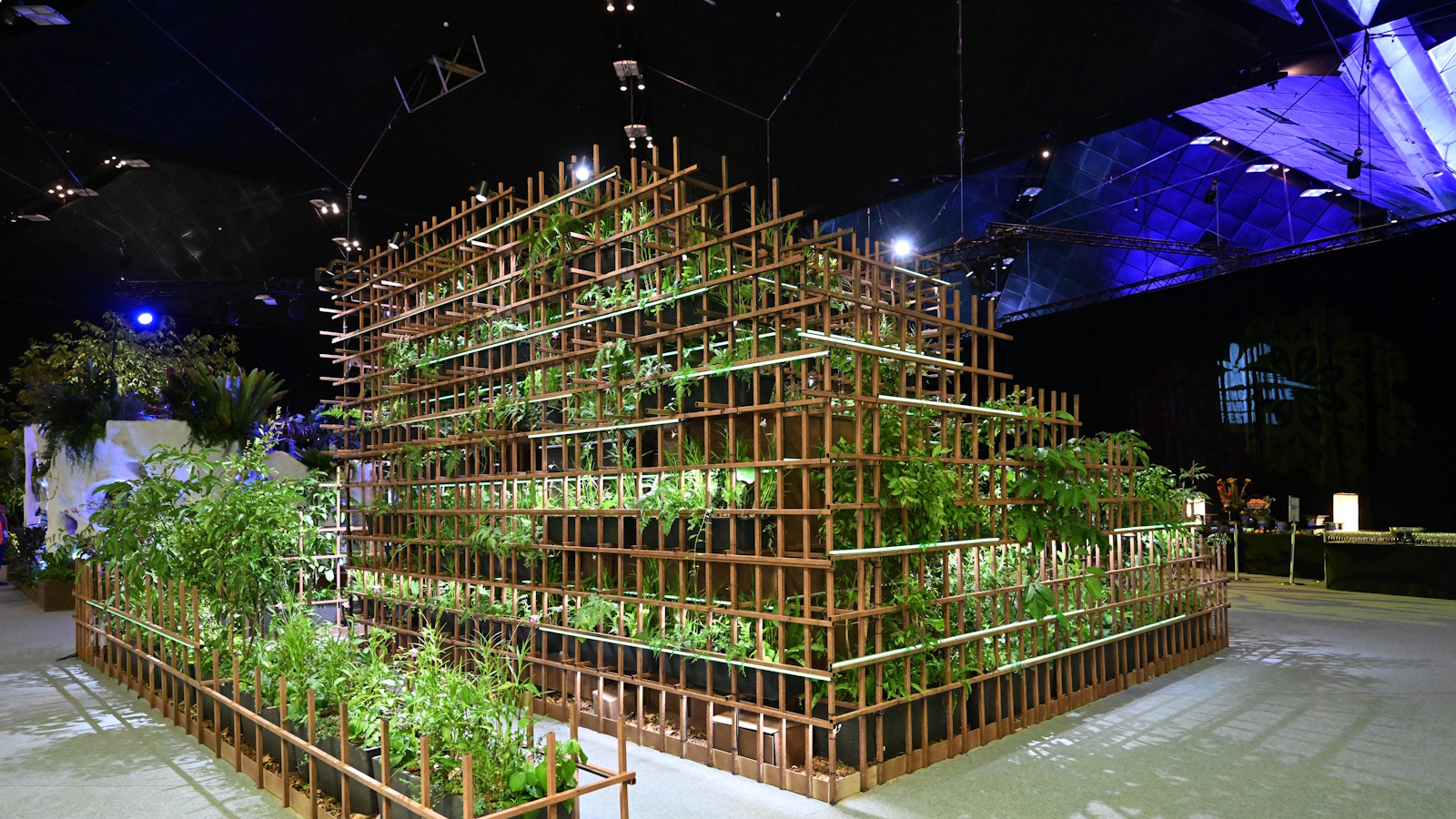
Whether it's innovative hard landscaping or immersive vertical planting, taking design inspiration from other parts of the world is a wonderful way to transform our own backyard ideas.
These trends, and many more, were on show at the Singapore Gardens Festival. Some of the designs were futuristic; some embraced fantasy; many championed native and therapeutic planting. All piqued the imagination.
I attended the festival last month as part of a visit to Singapore, where I learned about the country's ambitious vision to create a city in nature. These are my standout takeaways from the 2024 Singapore Gardens Festival, which I believe will inspire us all, no matter the size or scale of your garden.
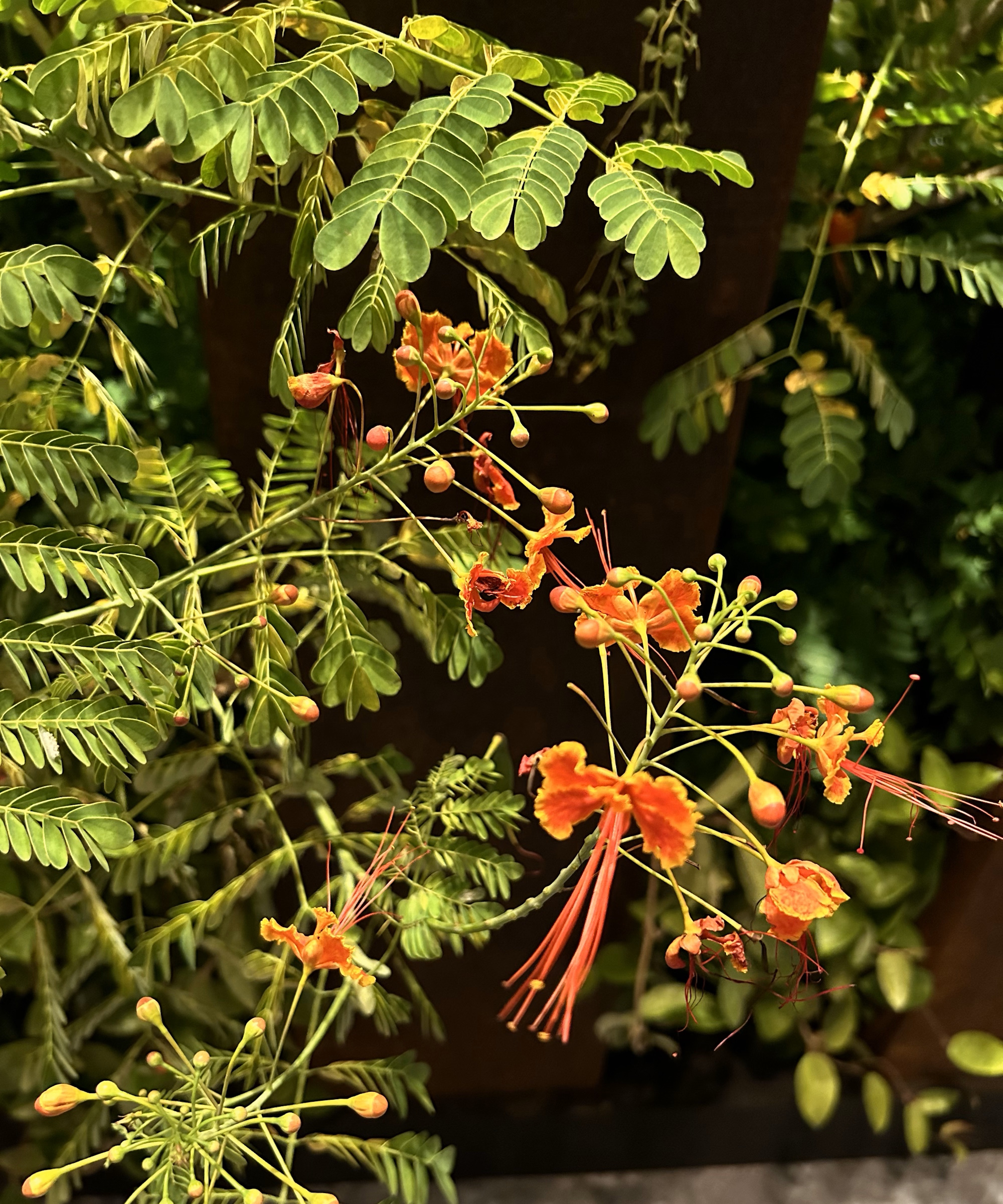
6 garden design trends from the Singapore Gardens Festival
The Singapore Gardens Festival is a biennial event that takes place in August. It attracts landscape and floral designers from across Asia and the rest of the world, and is a hotbed of garden trends.
I spoke to Dennis Lim, the festival’s director, and Mark Cook, winner of the best landscape garden, to find out more about the trends I saw at the show this year.
1. Naturalistic planting that fosters biodiversity
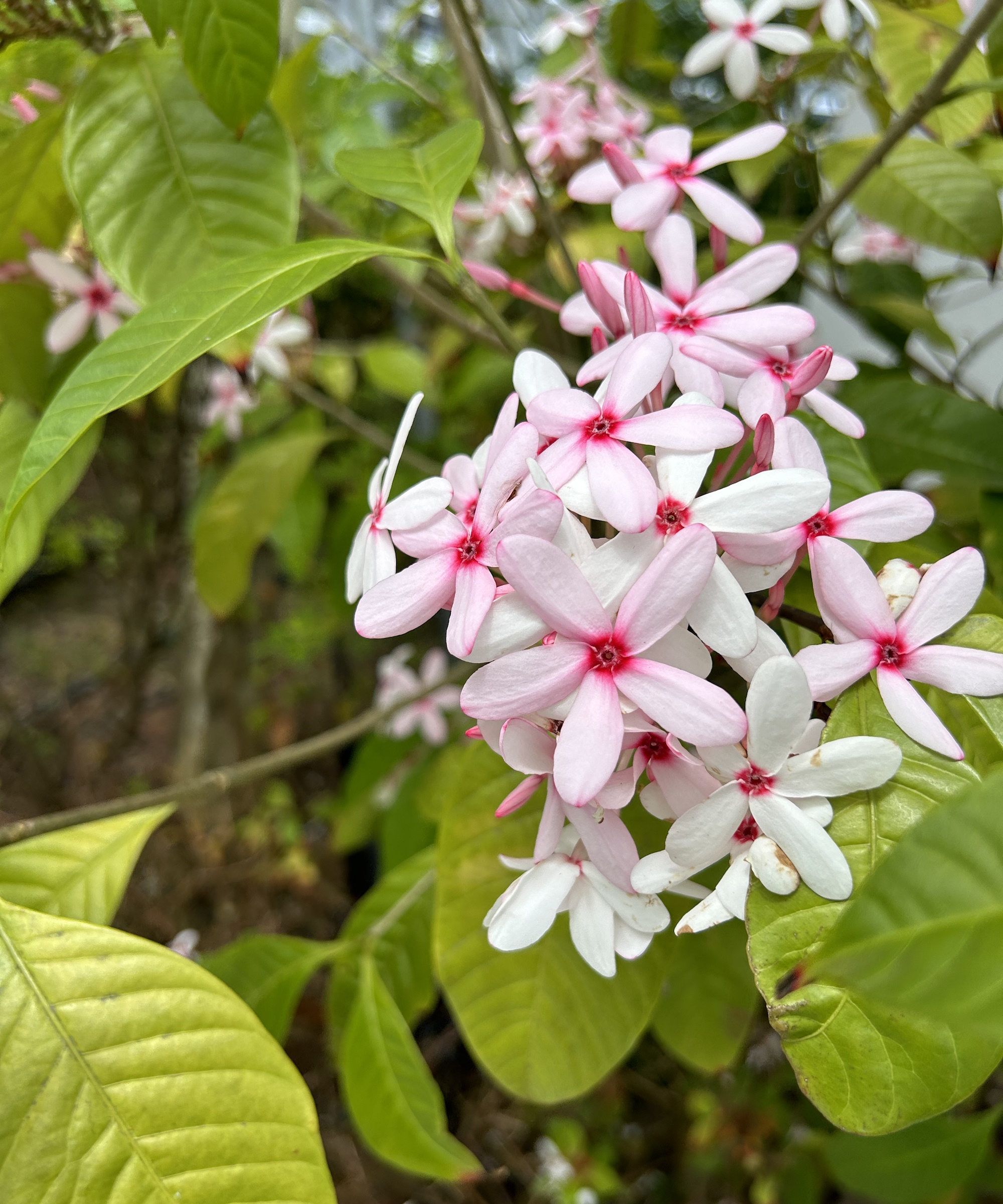
One trend that undoubtedly transcends borders, and could be seen in all of the landscape gardens at the festival, is that of native planting which harmonizes with local ecosystems, soils and climates.
The showcase botanical display, created by the Singapore Botanic Gardens and which greeted visitors entering the show, highlighted the successful reintroduction of several native wildlife species to Singapore, namely smooth-coated otters and the oriental pied hornbill. This is thanks to conservation efforts throughout the city and the planting of native trees, including the neram tree (Dipterocarpus oblongifolius), which provides a home for many epiphytes, and the sembawang tree (Kayea ferruginea).
The endangered white kospa, or Kopsia singapurensis, was also a feature tree at the festival. It produces fragrant white flowers featuring a red dot, much like the flag of Singapore.
‘A significant focus has shifted towards naturalistic planting, where ecosystem gardening principles are incorporated to mimic nature's self-sustaining systems and foster biodiversity,’ says Dennis Lim, coordinating director, festivals, events and exhibitions for Singapore Botanic Gardens, National Parks Board.
There are so many ways this can be achieved, says Dennis, such as 'integrating native plant species that adapt more easily to local environments, cultivating a diverse range of plants, and utilizing garden waste through composting’.
2. Harmonizing plants and greenery with harder, man-made structures
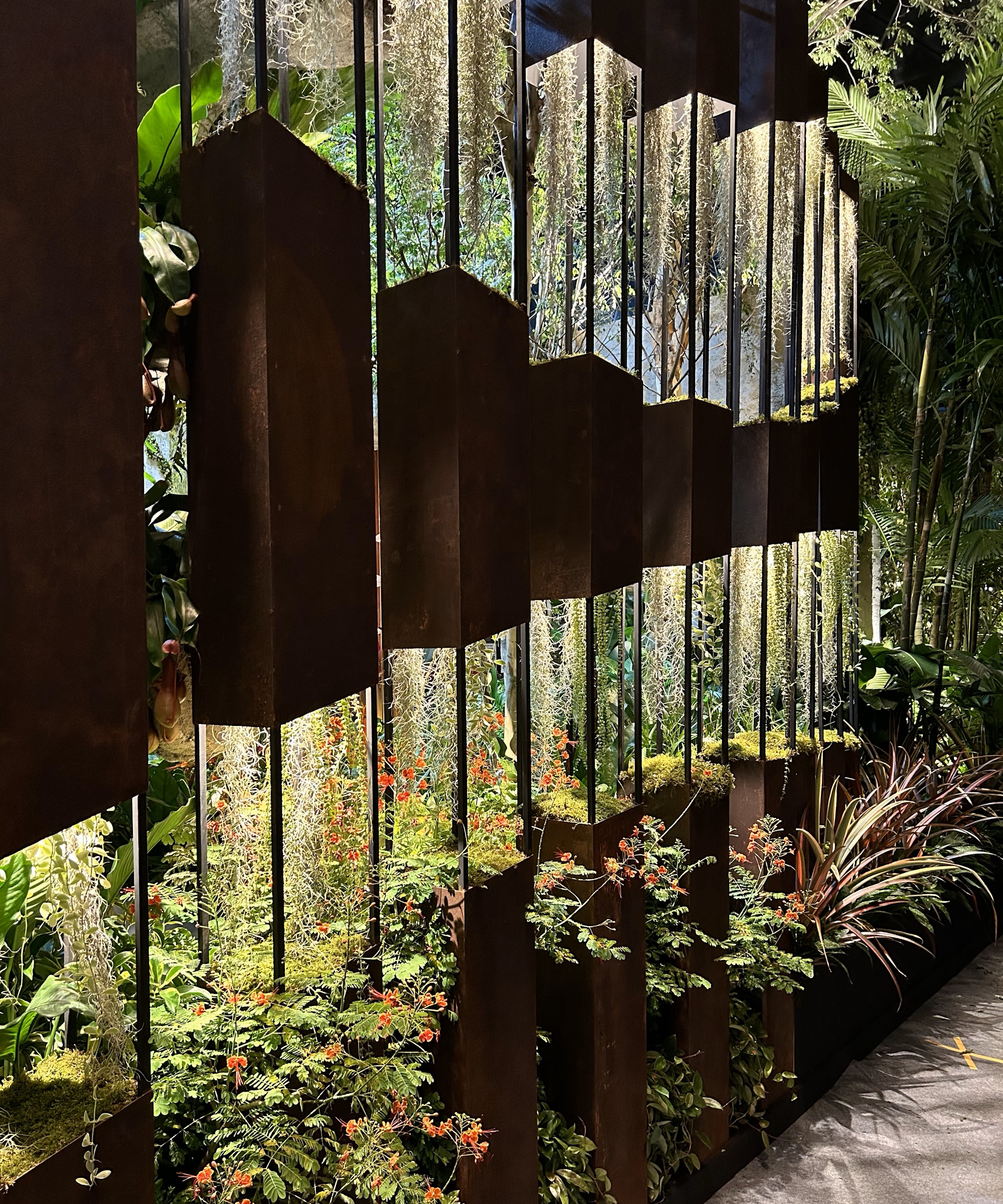
Among the Singapore Gardens Festival trends evident in many designs at the show was the merging of the natural world with hard structures and geometric edges. Nowhere better was this illustrated than in best in show winning garden 'Capturing A Moment' by Mark Cook and Emily Cook, based in Doylestown, PA. For me it was a masterclass in blending contemporary landscaping with the natural world.
Bordering one edge of the garden was a row of copper-colored oblong columns, (as shows in the image above) which were juxtaposed with delicate, trailing planting to create a balanced, breathtaking design.
'We forced a rust finish onto the steel columns using acid and water to get the copper, rustic color and make it feel more natural,' explains Mark. 'We planted it with lots of light, trailing plants, including peacock flower, Caesalpinia pulcherrima, also known as red bird of paradise, to give it a light, airy texture and a contrast in color. We chose it because the leaf is very delicate and it softens the texture to take the harsh edge of the steel structure and make the two blend together very strongly.'
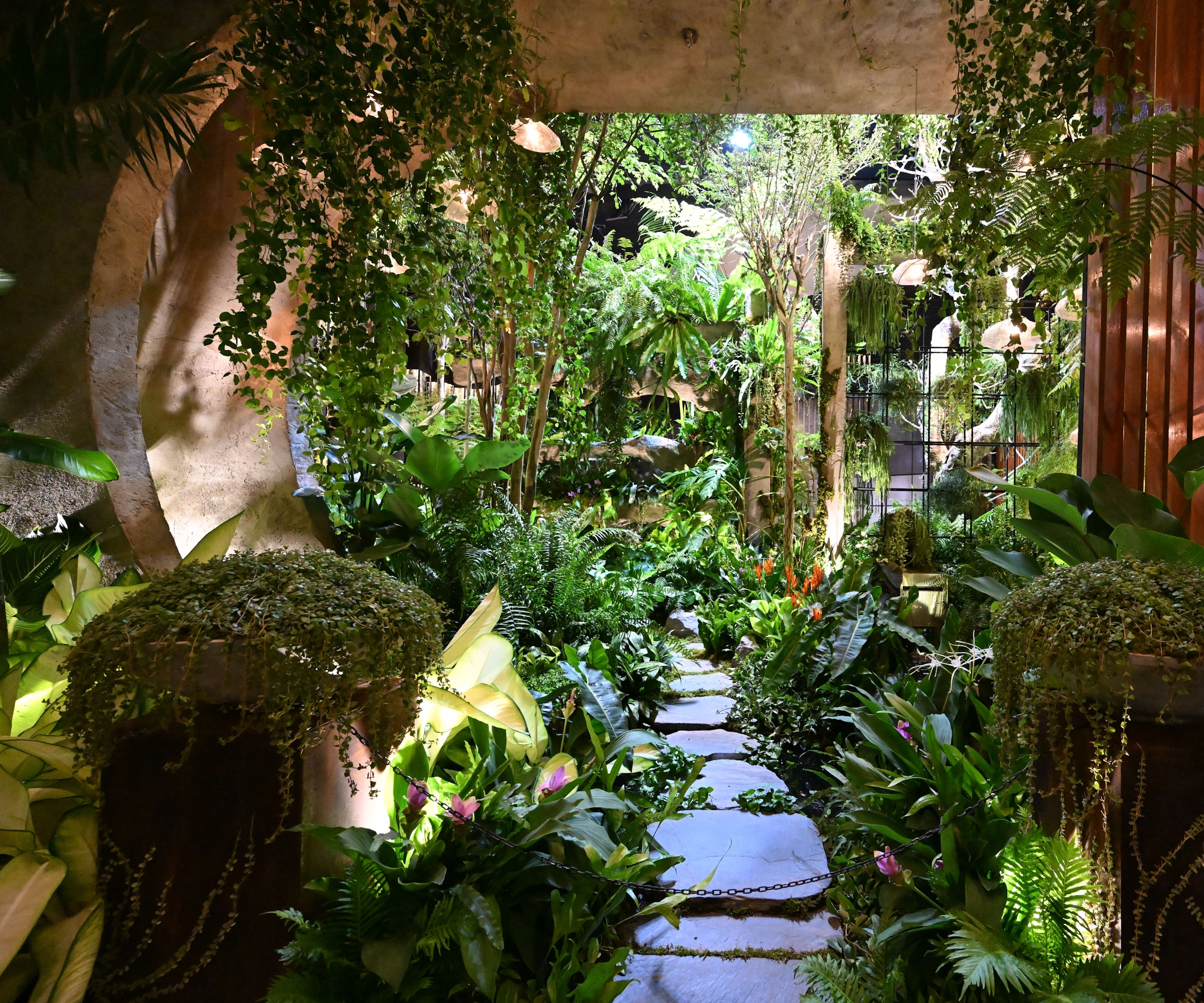
This design element is strongly aligned with the wider vision for fostering urban horticulture in Singapore, where greenery and vertical planting is woven into the fabric of much of the skyscrapers and hotels in the country.
'The textures we like to use in the steel structures adds such a strong element, and then we break this up by incorporating plants,' says Mark. 'We like to show people in our designs how you can soften steel, and encourage sculptural, artistic pieces into landscapes without them being too harsh, bridging the gap between urban development and showing how to incorporate plants into the built environment.
'Adding plants to hard, heavy structures just gives a certain peace of mind, and helps you escape from everything,' he adds.
A packet of 10 seeds of the Caesalpinia Pulcherrima flower, a tropical plant that grows best in USDA hardiness zones 9-11.
3. Vertical planting with depth
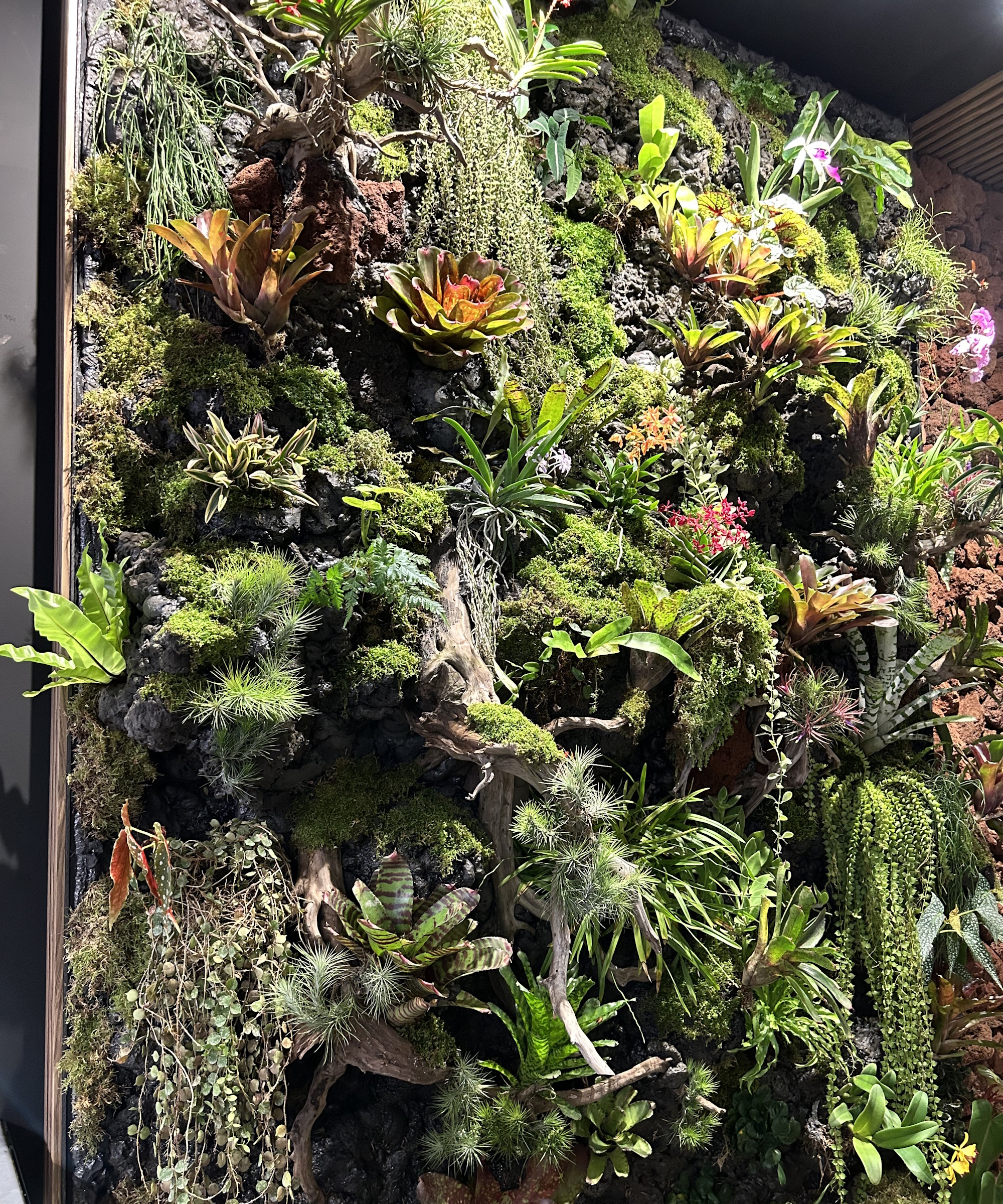
Vertical planting was everywhere at the show, and especially within the balcony garden designs.
As can be seen in the image above, it wasn't just about one-dimensional living walls (as lovely as they are), but heavily textured designs featuring a breadth of contrasting plants, bark and moss - often designed to reflect how these plants grow naturally as epiphytes on trees in the wild.
Mark Cook continues: ‘Our green wall was planted very heavily, so we made the design choice to break and section it by creating floating walls, which looked like organic rock formations.
'We made them using giant planters stepped at different heights and depths, so rather than having a vertical flat wall we created depth in the planting that could arch out, around and over to create a more enclosed design.
'A vertical, flat wall is great, but it’s very industrial. Having some curves and motion in there helps to soften it and eases all the tensions.'
4. Supersized trailing plants as living art
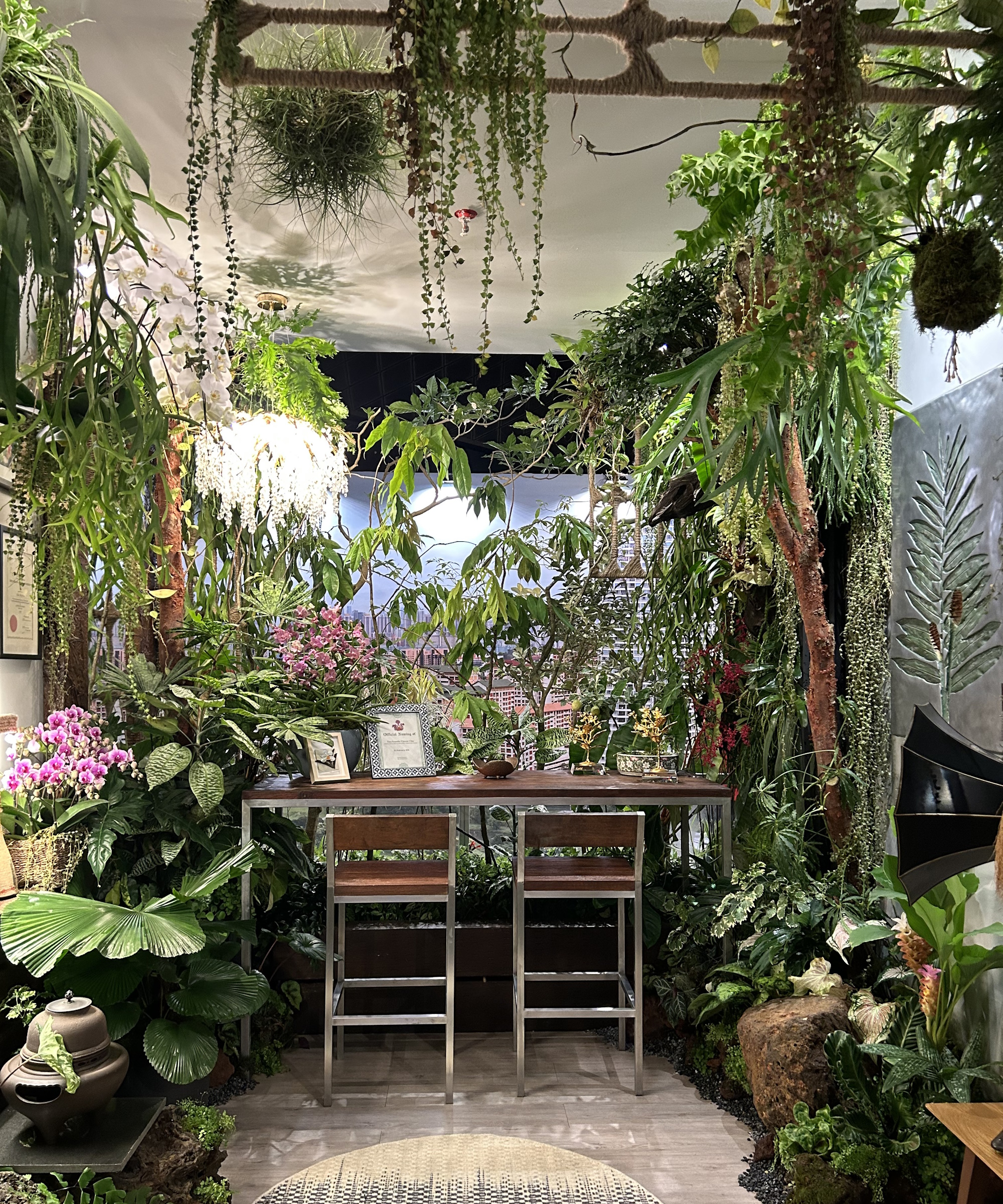
Indoor planting is a huge trend in Singapore, where outdoor yard space is scarce and comes at a premium. And in a tropical climate, it’s normal to see enormous, jungle-sized versions of the trailing houseplants we all love.
It’s not unusual, for instance, to see colossal 9ft tall fiddle leaf figs towering above an indoor garden, or 2ft wide tillandsia filling huge swathes of space in a room.
It made me think about how we can use plants as indoor immersive art installations as part of our apartment gardening ideas. Super-sizing the plants we know can thrive in our own climates, and selecting hanging plants for their shapes and textures to create living sculptures for our homes and balconies.
The Calathea 'Burle Marx' is a vibrant houseplant known for its lush, intricately patterned leaves. This tropical plant thrives in low to medium light and prefers a humid environment.
5. Adding a fantasy element to a garden space

In addition to the landscape show gardens, there were also six fantasy gardens, designed to intrigue and allow the imagination to run wild.
The Matrix Garden, by Thai designer Sanitas Pradittasnee and shown in the above image, used a Corten steel lattice structure with mirrors, fused with native plants to blur the lines between an installation and a garden.
Says Dennis Lim, 'In this fantasy garden, visitors were transported into a simulated environment that mirrors our contemporary landscape. From the outside, they are immersed in a virtual realm where themes of creation and dissolution, growth and decay unfolded seamlessly. But within the garden, amidst forgotten steel structures, native flora from Singapore thrived, offering a glimpse of nature’s resilience.’
6. Therapeutic gardens which engage the senses
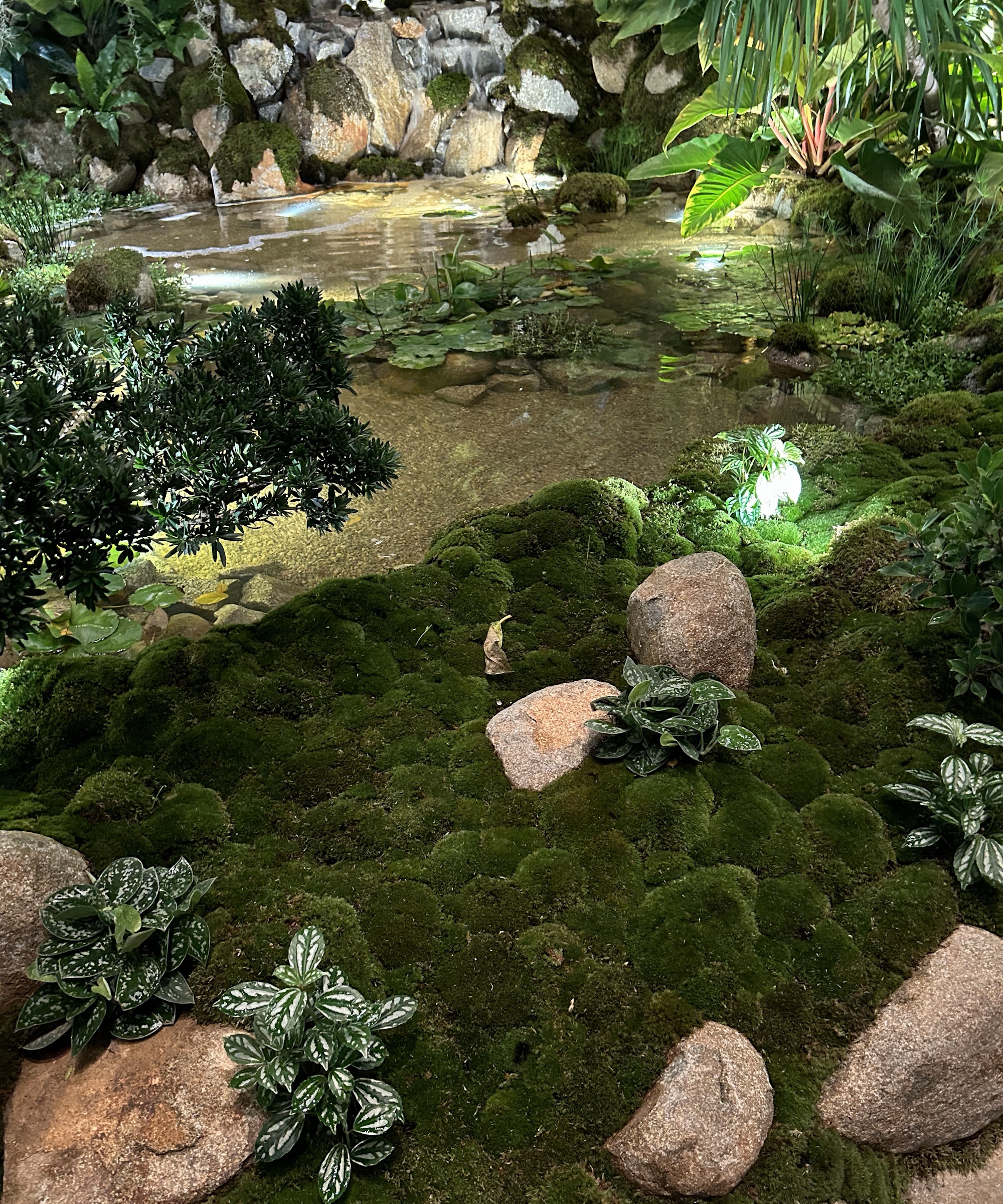
The majority of gardens at the show incorporated water features, adding gentle sound, light and movement to the exhibits. The abundance of calming water elements in these designs emphasized for me the role of our yards, gardens and balconies as a therapeutic escape from the demands of hectic everyday life.
Dennis Lim adds: ‘These types of gardens, with fragrant planting, gentle sounds and textures, have emerged as a way to enhance mental and overall well-being for urban dwellers. These landscapes often focus on reflection.
‘These sensory gardens foster mindfulness and relaxation, creating restorative spaces where individuals can reconnect with nature, and participate in horticultural therapy.'
There are lots of versatile ways to add even a small, therapeutic element to a garden space, such as installing a rain chain to create a gentle sound and capture rainwater.
If any of the trends here have got you thinking about adding more of an exotic twist, or a mindful element, to your garden next year, you should consider adding unique and unusual planting. In a recent feature, I compiled some of the most unusual and beguiling plants with superpowers that I discovered whilst in Singapore - many of which are herbs and crops for use in delicious Asian dishes.
